QuestionQUESTION: I have a 10 month old female terrier mix named Lily. She has not been spayed or obedience trained yet. I am having issues with housebreaking Lily that I'd like to get advice about.
First of all, I have crate trained her. I take her outside until she poops and pees then she stays out of her crate. But, if she has to go before I take her out again, she'll have an accident before trying to alert me. When she was still little, I purchased a bell to hang on our door for her to ring when she has to go out. When I first put the bell on the door, before I would take her outside to go potty, I had her ring the bell with her paw, said "go potty", and took her out. Now, she rings the bell every time I get ready to take her outside, but I have to take the initiative by getting my shoes on, getting her leash, etc. She will not ring the bell to let me know she has to go potty otherwise.
Since we live in town, I got in the habit of taking her for walks to go potty. Now, she will not go unless I take her for a walk, and she won't go in a place more than once!
We have a back yard, but due to a big tree, we can't grow grass back there. I try to get her to go out there all the time, but she's only gone out there a few times since we've had her (we got her in September, she was 2 months old). I got a stake and a ten foot leash hoping that if I tied her out there, she would eventually go. I don't know about pee, but I've never seen any poop when I bring her in from outside. I get the feeling from her that she is just not sure what I want her to do. How do I make her sure??
We recently gave up our cat, and before that, I was always scolding Lily for eating the cat's food instead of hers, saying "No Lily, that's Dora's, This is your food" and I would show her where her food and water was. Afterwards, she would hardly eat her food unless I put it in her kennel at night. I would catch her taking a few kibbles and running away as I walked into the room, like she thought she was doing something wrong. It was as if she thought I was scolding her for EATING in general, not for eating the cat's food instead of her own. Now that the cat is not around, she's slowly getting confident enough to eat her food without worry. I have been mixing wet food with her dry food, and praising her with words and a treat every time she eats it.
How do I use the same concept with the house breaking incidents?? Do I go back to the crate training, where I put her back in the kennel until she goes in the spot I want her to?? Should I approach the bell training differently?? Maybe I should start ringing the bell with her paw, then opening the door again...I had a dog before, and she picked up on telling me when she had to go out way before Lily's age. It's just different to deal with a dog who seems so sensitive and unsure.
I am very excited that Lily has become a part of our family, and I can't wait for her to be fully house trained! I am willing to do whatever it takes to help her along her way. Thank you for your time and consideration. I look forward to hearing from you soon!!
ANSWER: You don't have a potty training issue, you have an untrained dog issue. The dog should have been obedience and potty trained by age 6 months. It is clear you don't understand what the dog wants nor that the dog understands what you want. Obedience training is for the owner and the dog. You get to learn how the dog learns, how to reward the correct behavior and how to train it to do things besides heel, sit, come, stay, etc. The dog learns to get the right cues from you and your body langauge and spoken sound. Trying to teach the dog to ring a bell that is a significant time from going potty is only teaching the dog to ring a bell. That you need to get the lead and shoes clearly says the dog has no clue to associate the bell with going potty.
Potty training is started by first AM, every two hours, immediately before eating, immediately afer eating and last thing at night ON LEAD. When the dog goes, it immediately gets a tiny reward for pleasing you. If it doesn't go it gets no reward.
Dogs will nearly always eat cat food, and frequently cat poop. You cannot leave cat food where a dog can eat it. The diet of a cat is different from the diet of a dog. Cats can have access to dog food, and some will eat it as a suppliment to their cat food, generally not as their first choice, but if cat food isn't handy and the cat is hungery it will eat the next available item, dog food.
In training, you have 3 seconds to provide the reward for an action, after that there is no connection in the dogs head with the action-reward. Operant training was defined and developed by Pavlov and Skinner and books adorn dozens of shelves fromt heir original and subsequent work.
I suggest you enrole in a professional dog training course immediately so that your dog is properly communicating to and from you and learns social skills with other dogs and people. Next, get a book on potty training from a book store, and another book on your specific breed so you know enough about your dog to cue into its breed strengths to make training easier.
Regards,
Henry Ruhwiedel
www.dogkennel.org
---------- FOLLOW-UP ----------
QUESTION: Dear Mr. Ruhwiedel,
Thank you very much for your answer. I was nice to have an objective look at my situation. I understand that the issue is not with Lily, it is with my training. I guess I have taken the easy way out by taking her for walks because I know she will go. I just felt bad to have to return her to her kennel after she does not go in the backyard. At least she is used to going while on a lead.
I am, generally, not a follow-a-set-schedule kind of person. I know that if I had Lily on a set potty schedule, she would respond better, and I appreciate your pointing out the times that I should be taking her out. I never really thought of it as myself responding to her cues in addition to her responding to mine. I am going to look into finding an obedience school first thing tomorrow so that we will both learn how to go about this the correct way.
In the meantime, however, I just want to be clear as to what I'm to do. First thing in the morning, I take her out. I take her to where I want her to go, and if she does not go, she is returned to her kennel until it is time to go out again. Within three seconds after she has gone, she gets a treat, and may then be allowed to roam the house--as long as I watch her, and take her out (to the same spot) every two hours, before and after meals. Am I right???
Sorry for the extensive word count, but I have a few more questions...
-How do you suggest I deal with accidents if she happens to have one?
-What kind of feeding schedule do you recommend?
-How long before and after eating should I take her out?
-Should I be sure she has gone in the backyard before we go for walks? We both enjoy our walks, but I'd rather them be for pleasure, and not potty walks.
-Do you think I should bother with the bells on my door? I know that it can work because my mom has successfully trained two Beagles to ring the bells that hang from her door knob when they have to go out.
-I found her in a classified ad. The woman who had the litter, said that they were Jack Russell Terrier / Terrier mixed puppies, but I did not have the pleasure of meeting the parents, so I do not know what type of Terrier was bred with the Jack Russell. I met a man while on a walk, however, who said that Lily looked like his Cairn Terrier, and showed me a picture that very much resembled her. Should I get a Jack Russell Terrier book, or a Cairn Terrier book?? Sorry if this is a dumb question, but I figure while I am asking, I may as well ask everything. :)
Thank you, again, for your time and consideration. I hope to hear from you again shortly. Have a great day!!!
Sincerely,
Jamie Ritchey
AnswerPuppies generally get fed twice per day, in the Am and then late afternoon/early evening. A potty walk before and after each feeding gets teh dog to relate that food goes in, potty comes out. This sets a physical pattern in the dogs biology so it becomes accustomed to potty time at the same time every day. If you think about it, you likely have a fairly set potty time 18-24 hours after a meal. Routine is very important because the dog senses the time of day and knows its potty time, and does not get the urge to go potty at other times.
The dog stays out at the potty location until it goes. Do not take the dab back in until it has gone potty. Patience is key. the dog is learning the schedule.
Bell or no bell is a personal choice. Dogs tend to mke some indication they need to go out.
Once the dog is out of puppy food diet, and on a regular diet, feeding should be reduced to once per day. Most owners find the morning to be better since the dog has all day to burn off the calories vs sleeping all night and then having to go potty 4-5 AM. The transition can be made by increasing the morning dish and decreasing the evening dish until the dog is able to eat the entire day's food at one meal.
Books: splurge, get two books if you are not sure which breed. While there are a lot of terriers, most traits are similar or identical. The mai differences are in coat, origin, size and pray drives. You can do on-line research too.
Unless you catch the dog in mid potty, there is nothing to do but clean up. Put the dog out, then clean up so the dog does not see you doing the cleaning. It just known that it went out and when it came back the accident was mysteriously clean. If you catch the dog in the act, say, "no, potty out" and immediately take the dog out for potty walk. (or similar phrase to tellthe dog it goes where designated).
Regards,
Henry Ruhwiedel
www.dogkennel.org

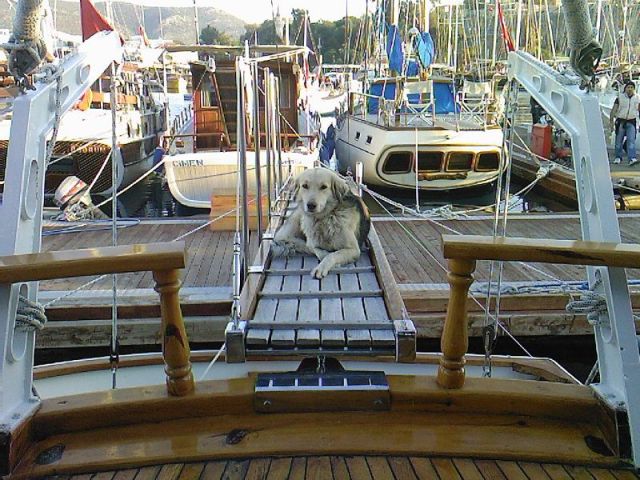 breed identification
QuestionMaggie
QUESTION: Hello - Ive hopped over
breed identification
QuestionMaggie
QUESTION: Hello - Ive hopped over
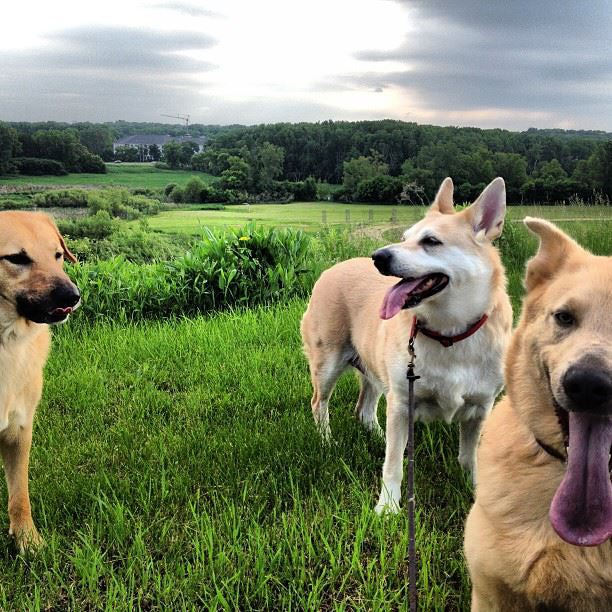 traumatic
QuestionI have a 6 lb Yorkie that is a rescue, weve had
traumatic
QuestionI have a 6 lb Yorkie that is a rescue, weve had
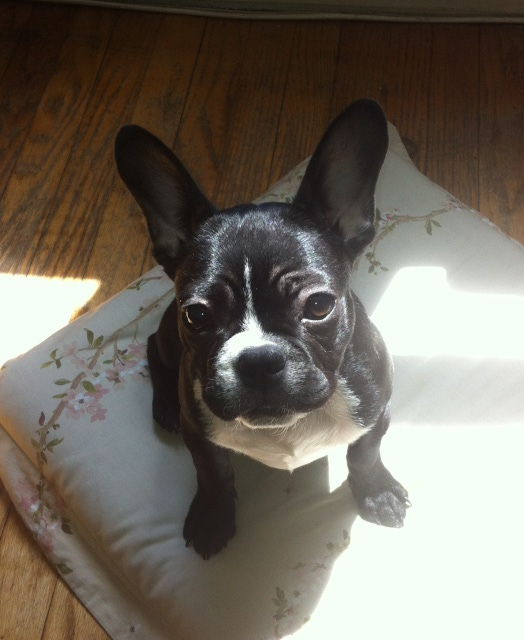 Trying to housebreak pup & she stops going
Question
Rubie Rooh
Hello - I have a 4 month old
Trying to housebreak pup & she stops going
Question
Rubie Rooh
Hello - I have a 4 month old
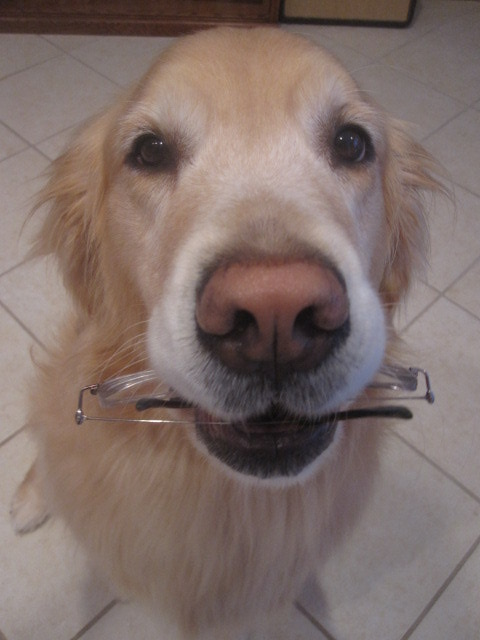 question about beagle puppy
QuestionHello, I have recently acquired a beagle puppy.
question about beagle puppy
QuestionHello, I have recently acquired a beagle puppy.
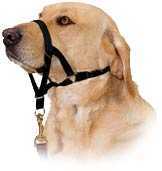 head collar on dogs
Question
head collar on dogs
hello madam, may i know wh
head collar on dogs
Question
head collar on dogs
hello madam, may i know wh